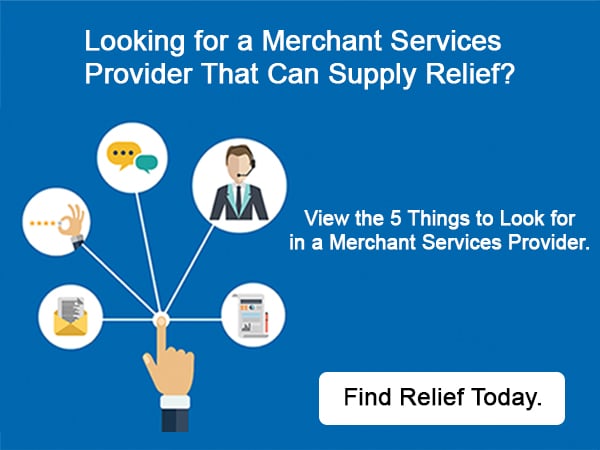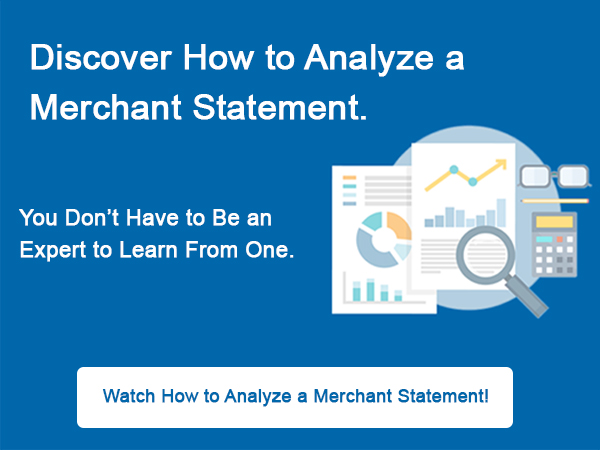
Although starting and growing your small business is a challenge within itself, that’s only half the battle. Small businesses today make up the majority of payment fraud victims, so investing in security and fraud prevention is key. Let's review 7 actionable steps you can take today!
Step 1: Check your PCI compliance status.
Why? PCI Compliance is perhaps the most important standard in the payments industry. It dictates how you must store, handle and transmit cardholder data. When you meet those PCI standards, you play your part in protecting your customers’ payment details and your business from fraudsters. Make sure your small business meets all the guidelines, especially if you want to maximize your fraud protection and avoid a non-compliance fee.
How? Choose a compliant payment processor that offers only PCI-compliant credit card equipment and provides free tools to help you remain compliant too! With TransNational Payments, you'll receive timely email reminders to help you determine which annual PCI assessments you need to take to stay compliant.
Step 2: Accept EMV chip cards.
Why? If you don't accept EMV chip cards at your business, you're probably putting yourself at unnecessary risk for chargebacks and fraud. As of Oct. 2015, most merchants are required to upgrade their systems to the EMV standard in order to avoid the liability for chargebacks on chip card purchases performed via non-EMV devices.
How? To provide EMV credit card terminals and/or EMV mobile readers and avoid fraud liability or fees, explore affordable EMV credit card products and services or you can just request an EMV quote.
Step 3: Recognize common fraud warning signs.
Why? Oftentimes, the simplest way to prevent fraud is to pay attention to your surroundings. While that's obviously hard to do during card-not-present transactions, in-store purchases provide ample opportunity to pick up on common fraud red flags. Keep an eye out for suspicious customer behavior, like clients who try to rush you during the checkout or attempt to purchase big-ticket items at odd times.
How? Use our free resources to learn the fraud warning signs, and share them with your staff!
Step 4: Use a customer vault to store payment details.
Why? Many small businesses rely on customer vaults and recurring billing to run easy, repeat transactions and offer convenient auto-billing. Luckily, both services are powered by fraud-resistant tokenization technology! How does this protect their cardholder data? For every transaction, this tokenization process generates a unique "token" that contains a reference to the original data, but not the data itself. This way it can be used to process a payment without giving cyber criminals a card number, account number or identity to steal!
How? Protect your customers' payment information and offer auto-billing with a payment gateway or POS system — plus, discover other features that can streamline and protect your small business!
Step 5: Use a payment gateway to take online payments.
Why? Encryption is another popular security feature that can protect your small business from fraud. It converts sensitive data into a code that can be translated only by those in possession of the algorithm and the encryption key. For extra protection, consider using Secure Sockets Layer (SSL), good anti-malware and strong passwords.
How? Request a quote on a payment gateway, learn how to take secure online payments and select the fraud screening tools your small business needs!
Step 6: Set or tighten your online payment restrictions.
Why? Nothing ruins the joy of great sales like finding out that many of them were fraudulent — something that's all too common with card-not-present transactions like e-commerce payments. An effective way to prevent this turn of events is to apply restrictions, like Address Verification System (AVS) and Card Verification Value (CVV), to confirm the information entered during online checkout matches the information on file.
How? Easily set up rules, restrictions and cardholder requirements through your payment gateway and avoid dangerous online payment schemes, like card testing fraud.
Step 7: Report fraud promptly!
No matter how hard you try to avoid fraud, you must have a response plan in case you experience a breach. When it’s time to switch from prevention to mitigation, the first step is to report the situation as promptly as possible to proper authorities, including your credit card processor and the issuing bank.
Bonus: Don't face fraud alone.
Why? The best way to prevent fraud is by partnering with a payment processor who will have your back at every step of your small business journey. At TransNational Payments, we've helped thousands of small businesses achieve safer payment processing — and we'll do the same for you!
How? Request your payment processing consultation now:










 Facebook
Facebook Twitter
Twitter LinkedIn
LinkedIn Youtube
Youtube Glassdoor
Glassdoor